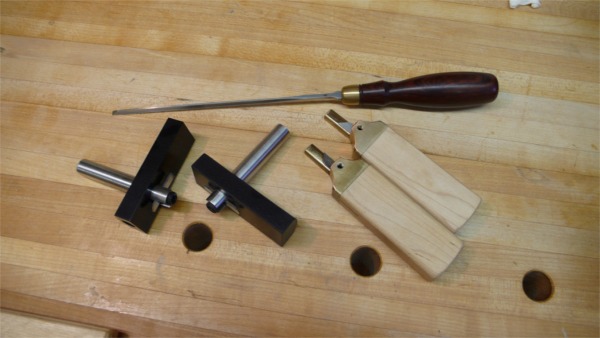Does anyone here use the Ibex or similar binding tool and hand cut (without router) the binding channels? Im looking at a German made deal, as seen in Cumplianos book. Just wondering if you cut the big channel first, and then cut the smaller one for the perfling, or what order you do it in, how you like the tools etc. Anyone have one of those German deals?


